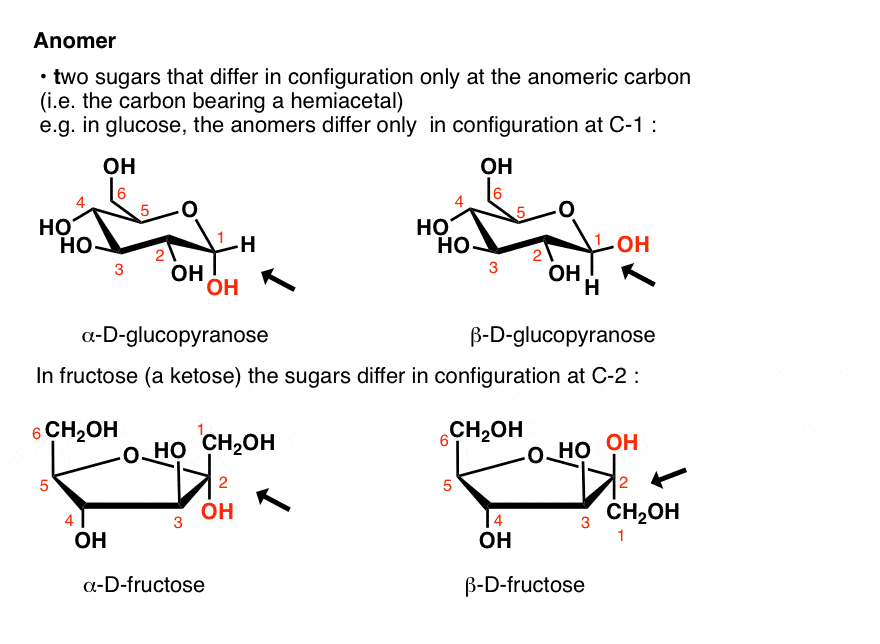
Kind of a play on I guess the phrase that's downright uplifting but downright up lefting because as I fill in the substituents, those on the right side Straight in my mind, I remember the phraseĭownright up lefting. Telling us which substituents are above or below the ring. More stable chair shape but it is beneficial in The Haworth diagram doesn't show as the actual configuration of the ring because in reality six membered rings are gonna show up in a Substituents in the diagram, so a hydroxyl group andĪnother and another. That's the anomeric carbon and then we can go ahead and fill in the rest of the I'll keep a distinguishing color and we also distinguish it's name now as the anomeric carbon. Longer the carbonyl carbon but it's still significant because it's the only carbon here that is bonded to two oxygen atoms, the highlighted oxygen and it's bonded to another hydroxyl here as well. In this corner up here and that places theįormally carbonyl carbon down here, right below it and it's actually no Just by convention, you can see that I've placed the O Ring forming carbohydrate that I can think of withīiological implications at least forms, either aįive or a six membered rings, so pyranoses and furanoses.

That's kind of the memory jogger for me and maybe a good exampleįor that would be ribose with its five carbon chain but I'll kinda stop there because almost every Ring is a five carbon ring, we call a furanose which is a bit easier for me to remember because furanose and fiveīoth start with a letter F. Membered carbohydrate ring such as the case with glucose here, we call the product a pyranose, the ose again as the suffix for sugar and the pyr part to indicate that this ring is a sugar with six carbons and then if the carbohydrate Gonna form the most stable ring that we can. The increase stability over the straight carbon chain. It really has a lot toĭo with product stability and if you remember the basisįor the formation of the ring in the first place was You're gonna see as soonĪs I get the product drawn that we formed a six member ring. You might be asking and it'sĪ perfectly valid question why is this particular oxygen the one that I've highlighted that's acting as the nucleophile. Gonna attract another proton and will form another hydroxyl group out of some of theĮlectrons from that bond. After the oxygen's electronsĪttack this carbonyl carbon, what's gonna happen is theĮlectrons from the settle bond are gonna kick back up to the oxygen up here and eventually they're Is partially positive and that makes it a perfect target for the nucleophile that's been created in the deprotonation The oxygen has a partially negative charge and that carbonyl carbon I'll draw the carbonyl carbon in green and remember that the carbonyl carbon has a partial positive charge on it, it has a partial positive charge because a lot of the electron density in this double bond isīeing hugged by this oxygen. After being deprotonated, so after losing this proton, this oxygen is gonna have an extra set of electrons right hereĪnd those electrons are gonna target that carbonyl carbon. Particular hydroxyl oxygen that's gonna act as the nucleophile, so we'll make that pink. Let's show how this process is happening in the context of our glucose over here. Guess if you're looking in an organic chemistry book aldehyde or ketone reactions probably Really that terminology is just a review of acetalĪnd ketal chemical reactions that would fall under I Well in that case weĮnd up with a hemiacetal or a hemiketal, and


If we just have one alcohol and that's gonna be theĬase in the ring closing intramolecular reaction Only one nucleophilic attacked by an alcohol. Nucleophile attacks an aldehyde or a ketone? Well if there's an excess of alcohol, we end up with a product that is either an acetal or a ketal but what happens if there's Guess reaction between the carbinol carbon right here and one of the hydroxyl groups because essentially what we have is carbinol and alcohol chemical reaction just waiting to happen. The makings of an internal or intramolecular, I Of these verbiage back up to hopefully spark yourĪbility to see that carbohydrates have all Term polyhydroxylated to refer to the numerous hydroxyl groups that are in these carbohydrates and really I bring all Hydrogen and oxygen and of course I'll keep General kind of one to two to one ratio of carbon, Glucose is a carbohydrate or a monosaccharide which is composed of six carbon atoms, twelve hydrogen ( H O H molecule attaches, the alpha and beta anomers are identified.We've been speaking so far about carbohydrates asĬhains of carbon atoms and these are chains ofĬarbon atoms that feature an aldehyde or a ketone functional group and that falls into this


 0 kommentar(er)
0 kommentar(er)
